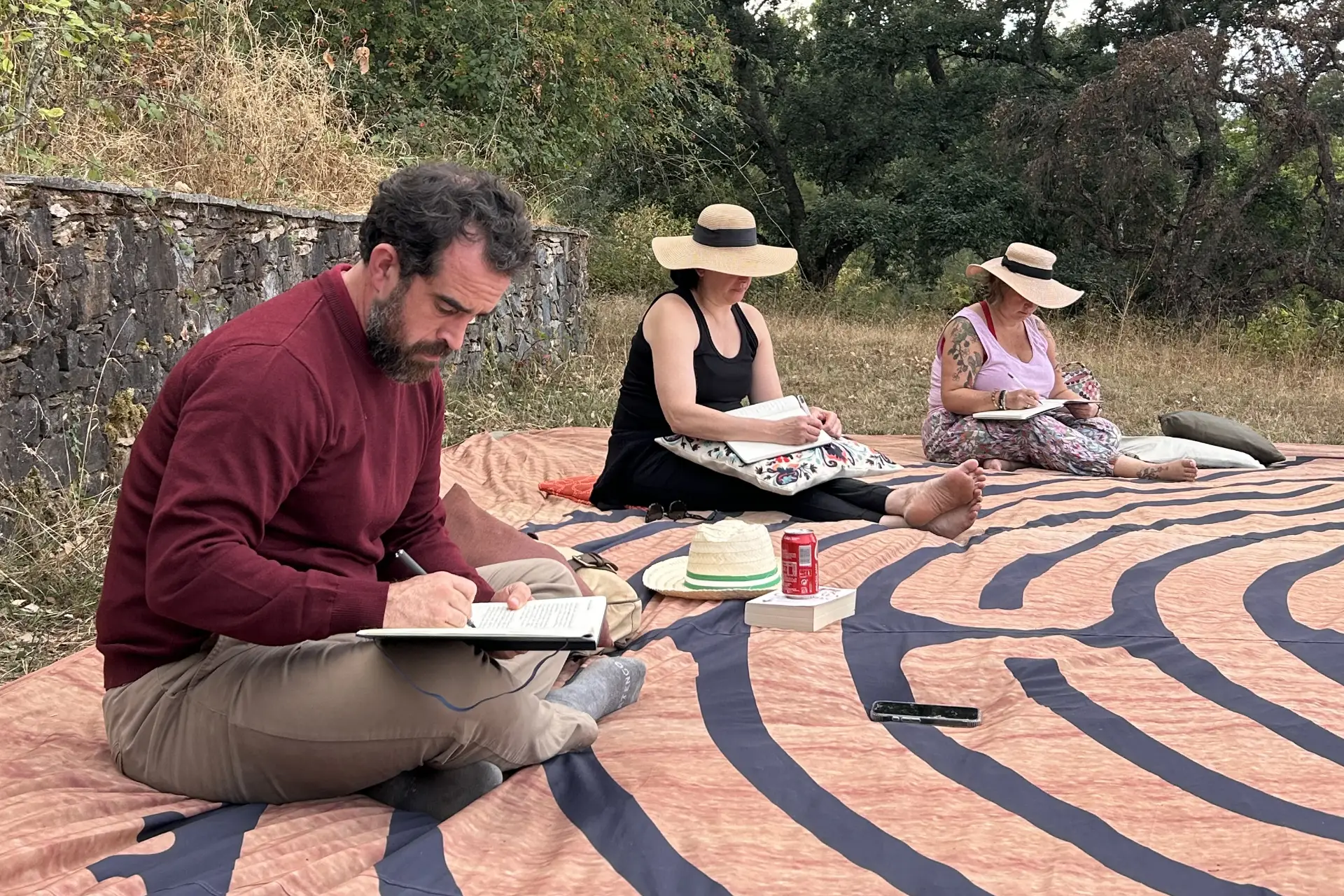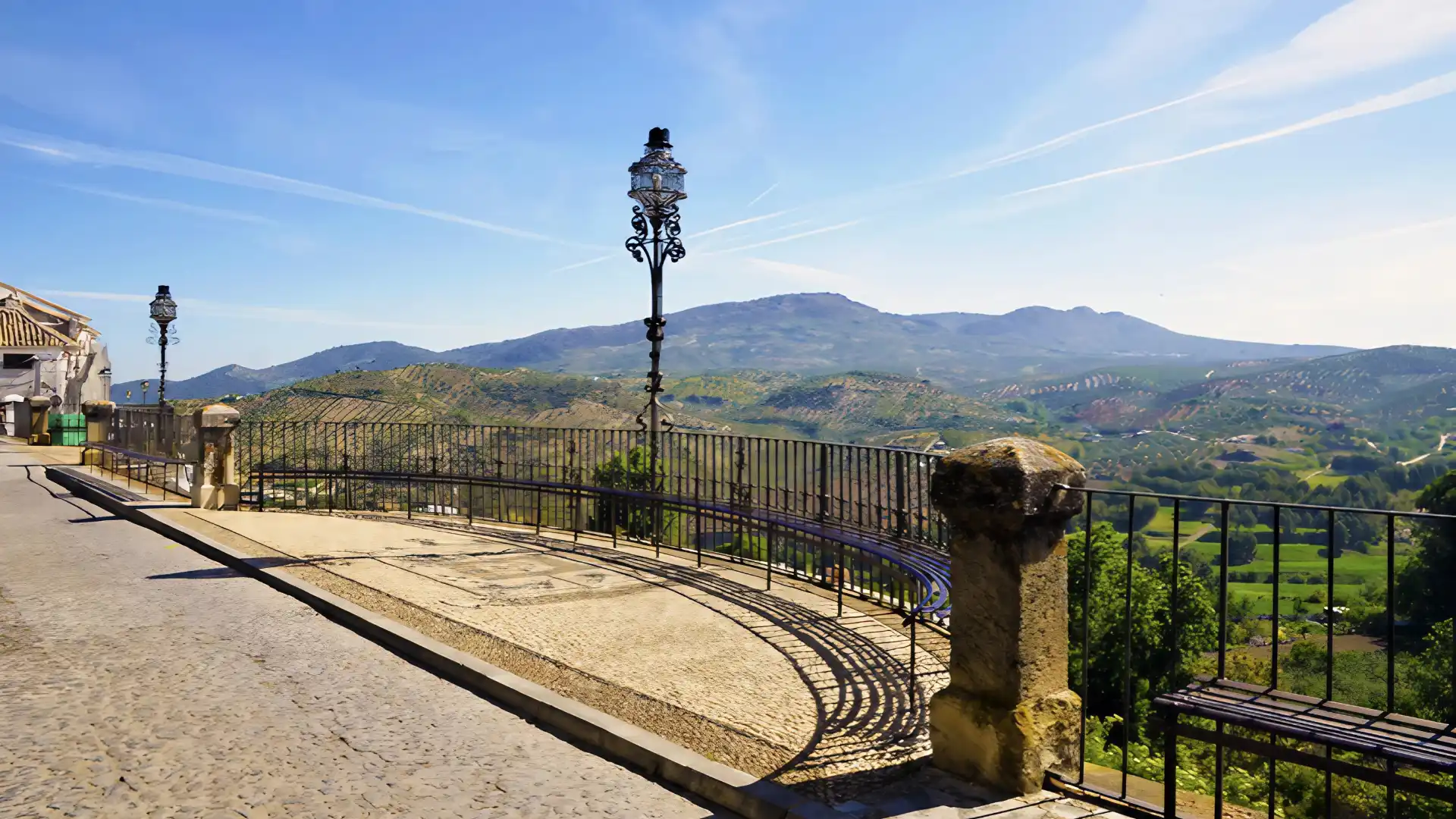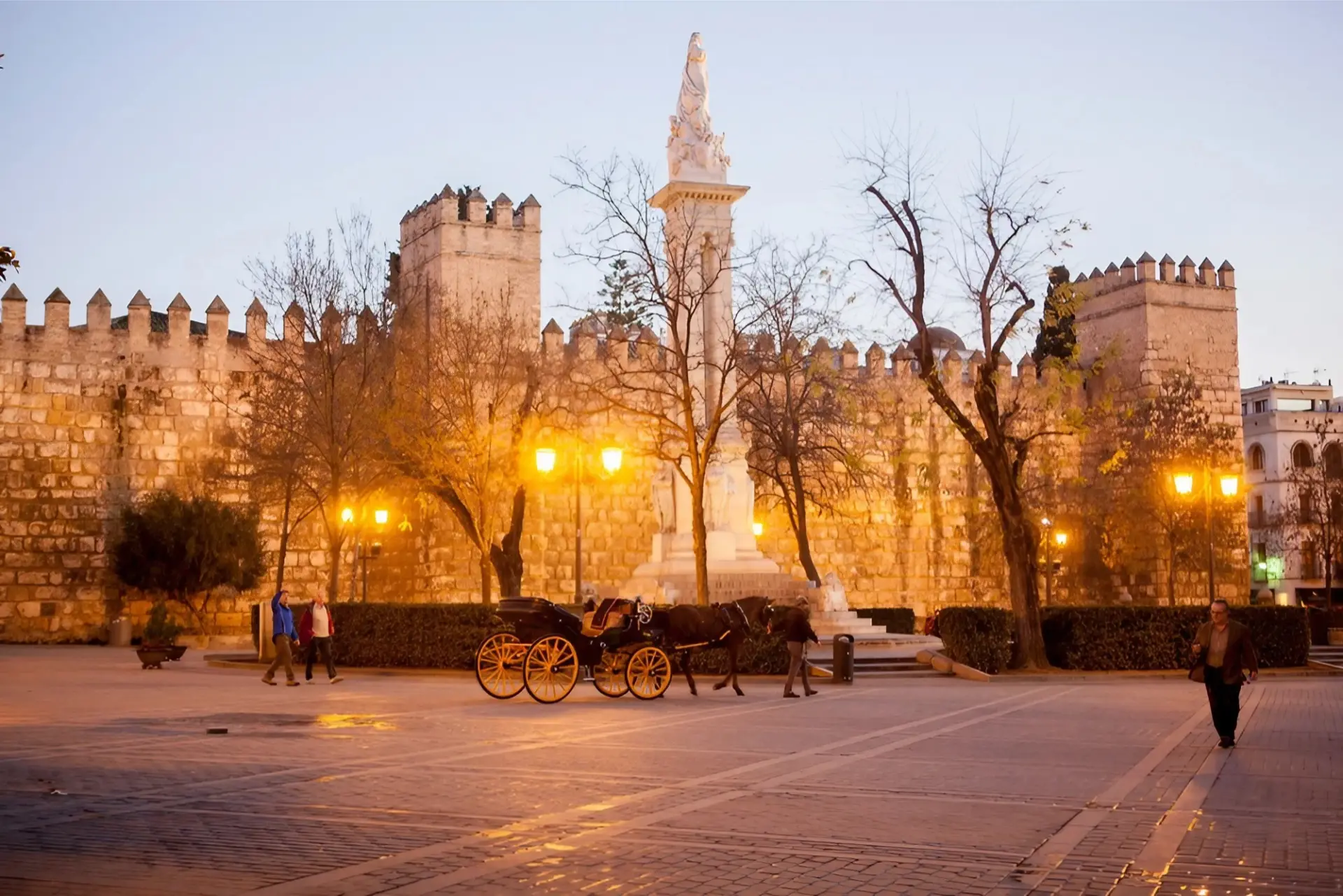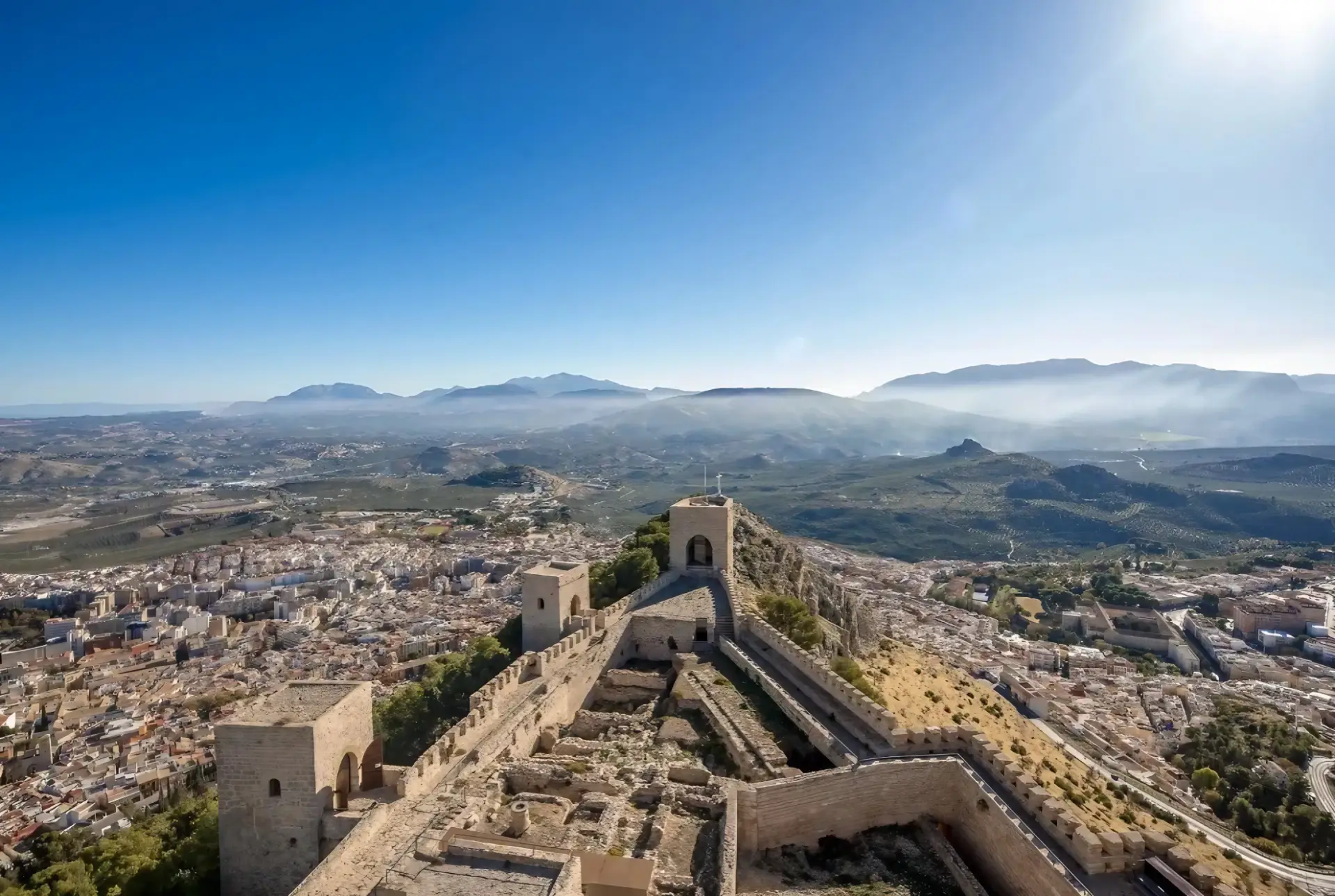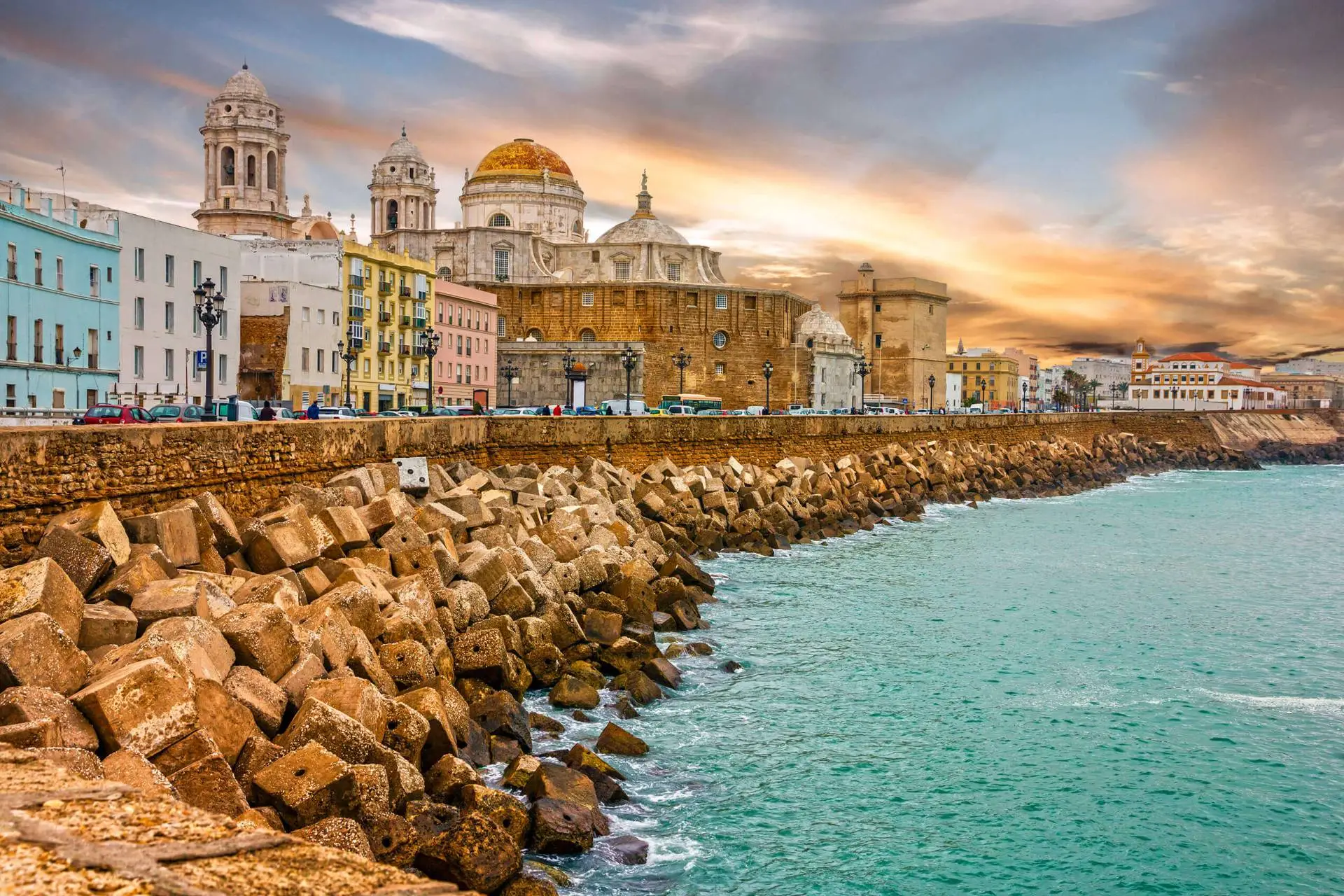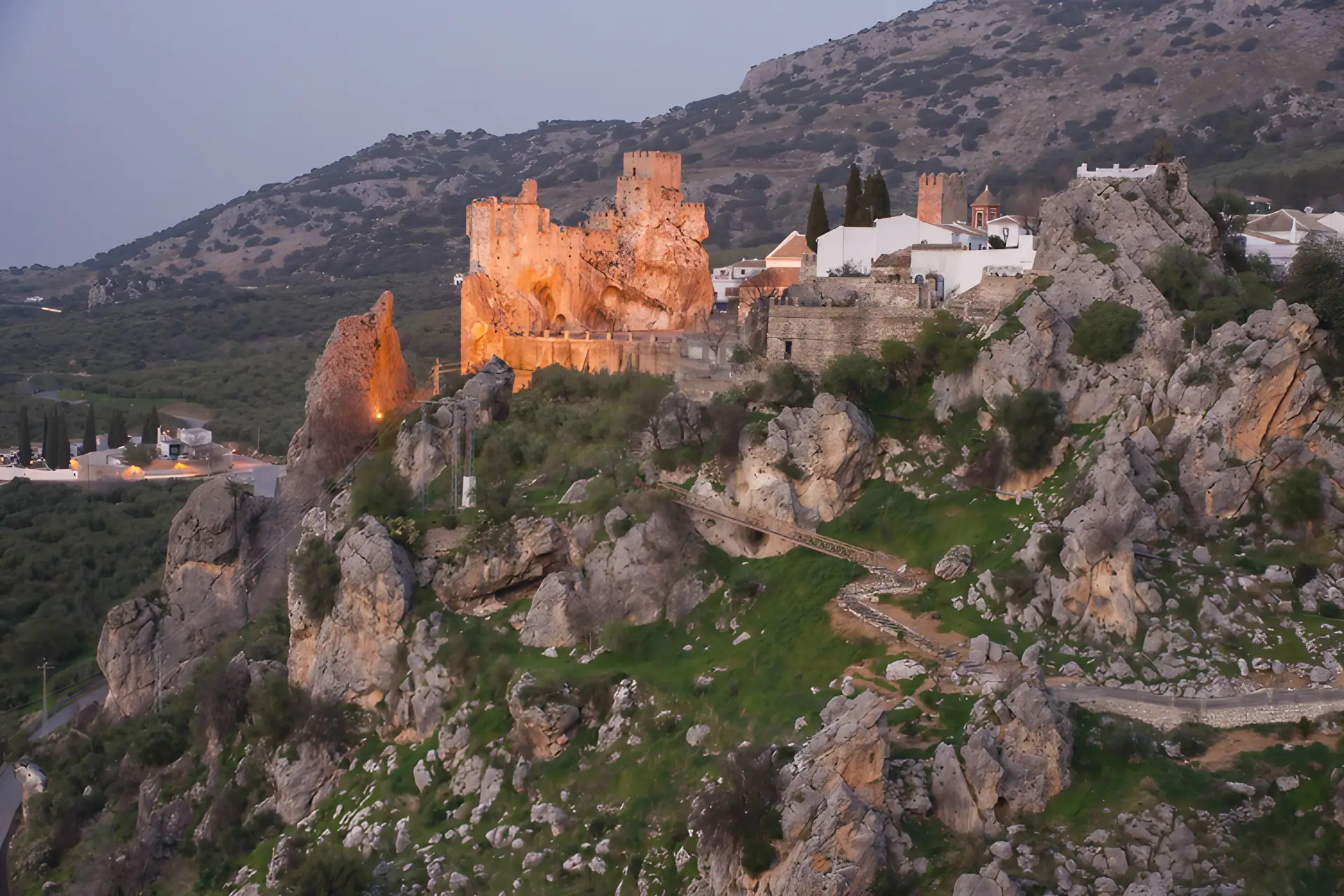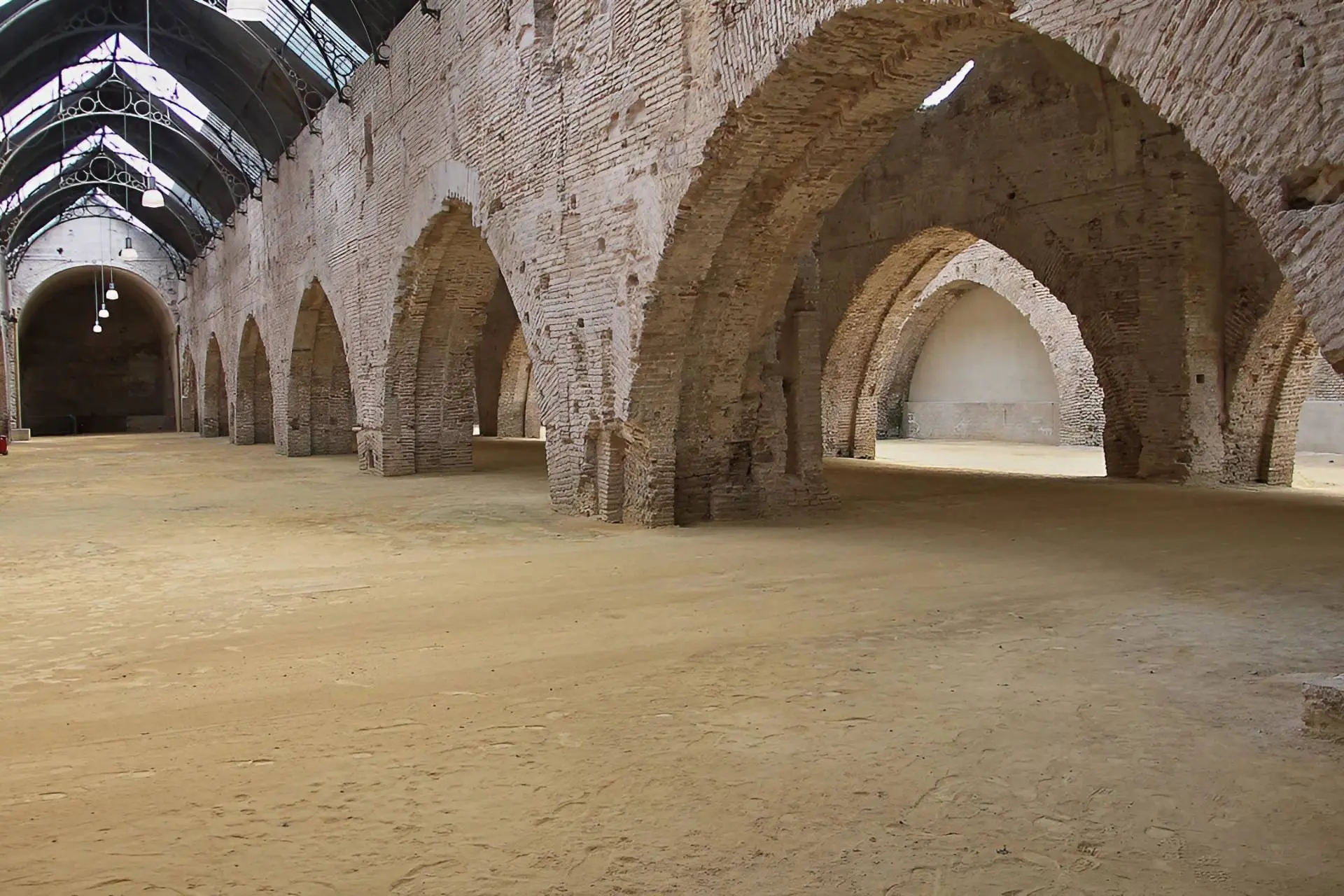It was an event that shook Spain and still lingers in the memories of its people today. On a spring afternoon in 1987, while walking to a bus stop a mere five hundred metres from his front door, thirteen year old David Guerrero Guevara vanished without a trace. David was on his way to an art gallery in Málaga city centre, where one of his own paintings held pride of place in an exhibition inspired by Málaga´s Holy Week. He never arrived. To this day, over thirty years later, nothing is known of his whereabouts.
In the intervening years much has been written in the press of his disappearance, amongst it, unfounded speculation and fruitless misdirection that has only served to intensify the suffering of the family he left behind. Despite quickly labelling David “El Niño Pintor” – the child painter- the media has paid scant attention to the origins of this nickname, namely David´s gift as an artist.

Now, for the first time since his disappearance, David´s family have decided to bring that talent to the forefront of public attention by exhibiting a collection his work, entitled “Dibujos de una época” – translated as “Drawings of an Era” – in conjunction with Málaga town hall and the exhibition centre of El Corte Inglés. Instead of focussing on the tragedy of his sudden disappearance, the exhibition aims to provide the observer with an overview of David’s life and interests: a glimpse into the imagination of an extraordinarily talented young man, and a snapshot of a decade which saw the artist, and the culture surrounding him in 1980s Spain, undergoing a period of exciting transition.
As I make my way around the exhibition “Drawings of an Era”, I try to piece together a picture of David Guerrero´s persona. Initially, it proves difficult to separate the artist from his story: his tragic disappearance casts an inevitable shadow across his work and nags at me as I stop to study his drawings. But as I continue, David Guerrero takes shape in my mind as an individual: a young man caught up in the novelty of 1980s Americanized culture, with a keen appreciation for farce and an imagination that knew no bounds. And there is no denying his precocious talent: standing in front of some of his creations, in particular interpretations of established classics such as “Cristo de la Buena Muerte”, or his sophisticated series of pastel nudes, it is difficult to believe I am looking at the work of a thirteen year old boy.

Despite his advanced artistic skill, David reveals himself in many ways as a normal teenager. Like any boy of his age, he was clearly fascinated by pop culture. A range of 80s icons are in attendance on the walls of the exhibition: amongst them Rocky Balboa, his sculpted torso further emphasised by skilful charcoal shading, hanging alongside a remarkably lifelike portrait of a leather clad Marlon Brando, draped over a motorbike and gazing moodily into the distance. Michael Jackson, whose phenomenal popularity as a pop star was sweeping the globe at the time, also puts in an appearance. In one miniature he can be seen moonwalking across the page, trailed by the cast of his iconic Thriller video, and clasping the hand of David´s older brother, Jorge. Jorge was a self confessed superfan of the 80s pop star, an obsession that didn’t go unnoticed by his younger brother.
Michael and Jorge are also the focus of a comic strip, in which the latter fantasises about metamorphosing into his childhood hero through the application of a magic potion. Jorge later tells me that this is one of his favourite pictures in the exhibition: “David liked to play with all the physical changes Michael Jackson underwent during his career, and while he was at it he thought he´d poke some fun at his older brother, who was getting a bit annoying, always going on about Michael this and Michael that.” he says.

It wasn´t just celebrities that captured the imagination of a young David Guerrero. In one sketch, entitled “En Clase – Don Francisco Explicando”, its David´s school that becomes the focus of his artistic parody. The chaotic doodle shows David´s teacher, Don Manuel, scribbling incomprehensible equations of the board, a spider hanging from his unruly beard, whilst a bare light bulb creaks overhead and a discarded sandwich litters the foreground.

The people closest to David are also a clear influence in his work: Numerous sketches of his family members are on display, ranging from caricatures of his brothers to more mature and considered portraits of his parents and grandmother, interspersed with colourful depictions of the family´s unusual pets, amongst them a chameleon and a frog. There are also affectionate sketches of his younger brother Raul: a small boy bent over a sketchbook with a felt tip pen in his hand, obviously following in his David´s footsteps as a budding artist.

David also derived ideas from his neighbourhood in Málaga: amongst his work are studies of his neighbours, Jorge and his friends playing in the street, his bare chested father enjoying a beer in the sunshine at a local bar. All of these images succeed in transmitting the intimacy of everyday life as a member of a close knit community in the South of Spain.
David´s brother Raul explains the decision to include his brother´s more personal vignettes by saying: “Sometimes we forget that the artist himself isn´t the only one responsible for his work. He is the result of the support that surrounds him, whether that comes from parents, teachers, neighbours or friends.” He goes on to add: “Each one of these people, in their different ways, nurtures the talent of the artist, bolsters their self esteem and contributes to turning natural ability into artistic excellency.”
Having completed my first tour of the exhibition, I already feel I know David a little better. Such a realization leads me to contemplate the intensely personal nature of a project such as this. Any artist lays themselves bare the moment they decide to share their work; one cannot avoid allowing the observer a glimpse into their soul through what they have created. With this in mind, it’s not surprising to learn that it has taken years for David´s artwork to make it to a public audience.

Having previously closed ranks against the media and publicly refused to discuss the case of David´s disappearance further, the exhibition is an attempt on behalf of the Guerrero Guevara family to honour his memory in a different way. Older brother Jorge says: “Through the exhibition my brother and I wanted to give the public an opportunity to get to know David, and be introduced to something they were probably completely unaware of before: his art.”
Although David enjoyed success with some of his paintings in earlier exhibitions, the majority of the artwork displayed in “Drawings of an Era” is being shown for the first time. Prior to the exhibition, Raul describes how his brother’s sketchbooks were “hibernating in folders or in dark corners of the house” while his paintings “slept on the walls” of the family home. The exhibition aims to bring these works back into the light and liberate an artistic voice that “asks to be heard.”
So why now, after all these years? Jorge explains how the death of his Father three years ago became intertwined with the idea of publicly remembering David: “Losing my Father was a double blow for the family. Not only had we lost someone we loved dearly, but there was also the knowledge that the person had died without ever knowing what happened to his son. In many ways, the memory of someone who has disappeared, like David, live on the minds of those they left behind. As these people die, a little bit more of the missing person vanishes with them.” He adds: “After I lost my father I found myself asking ‘what now´. Do we just stand by and watch as David´s story fades into obscurity?”
In his foreword to the exhibition, Raul hints that the devastation incurred by the loss of their father was further exacerbated by the media, who exploited it as an opportunity to re-examine the events surrounding David’s disappearance. He claims the press disregarded the family´s need for privacy in favour of “dragging up old stories, tainted with lies and untruths, and poring over old theories that ultimately led nowhere”.
Needing their brother to be remembered as more than the boy at the centre of media storm, Jorge and Raul were driven to action. “I approached Raul and asked what he thought about putting on an exhibition. We initially wanted to keep it small, just for the people closest to us, but then we had the idea of opening it up to Málaga as a whole. We wanted to express our gratitude to the members of the public who had followed David´s case, and all those anonymous people who reached out to comfort my family and I with a message of hope or encouragement over the years.”
As the project gathered pace and was reimagined on a larger scale, the brothers decided to approach the town hall. It was Paco Lobatón, the director of a documentary on missing people in which David´s mother had participated some years previously, who first brought the exhibition to the attention of Málaga´s mayor, Francisco de La Torre. The mayor was keen to help and promised to fast-track the project, expressing a desire to “make this great young artist known to the younger generation of our city”.
The project has already received praise within artistic circles. Curator of the exhibition and Doctor of Art History Lourdes Jimenez Fernandez describes her involvement in the project as “exciting” and celebrates David Guerrero as “an innately quick learner with an easy talent”. She goes on to marvel at the diverse range of his artistic style, and claims the exhibition was challenging to curate on account of the sheer quantity of material provided by the family.
The scope of David´s work displays a talent unconstrained by the limitations of one particular style. As Fernandez notes, he seems equally as at home taking on a religious classic as he is parodying his school teacher or sending up a celebrity of the time. Jorge expands on this by adding: “David had zero prejudices when it came to what he painted. He had absolutely no preference for style. He was a child playing: completely free.”
Despite the unmistakable artistic maturity in some of David´s work, as a teenage boy he didn’t always possess the self discipline to complete everything he started. “A lot of David´s pictures still aren’t finished,” Jorge reveals. “There were so many things that captured David´s imagination and, at such a young age, perhaps he didn´t see it as particularly important to finish a picture when its meaning was already so clear. Maybe that contributes to the originality of his work”
Although David dedicated a great deal of his artistic energy to capturing the people around him, occasionally his gaze turned inward: two of David´s self portraits have been selected for display in the exhibition. These depict the artist as a contemplative young man, pensive in front of an easel or gazing, unsmiling, into the eyes of the observer. According to Jorge, the serious character conveyed in these drawings is completely at odds with how David´s family recall him: “He was always smiling.” says Jorge “In every photograph we have of David as a family, he has a big smile on his face. He could be shy with other people but at home, we were just three brothers who liked to mess around and have fun” He adds: “We were just a normal family, until that day in 1987. But that is not what this exhibition is about.”
If Jorge and Raul´s intention is to have their brother remembered as an artist in his own right, and not just as the tragic protagonist of a “scandal from another time”, then it seems they may well be succeeding. As I´m leaving I overhear a conversation between two businessmen, passing through the exhibition on their way from meeting in the conference rooms next door. They pause in front of David´s charcoal sketch of Rocky and consider it in absorbed admiration, before one says. “This is the exhibition of El Niño Pintor, remember the story?” His companion nods in recollection, “Wow. I had no idea. The boy could really draw.”
“Dibujos de una Época” is open to the public at the Ámbito Cultural El Corte Inglés, in Málaga, from 5-9pm, until the 2nd of November. Admission is free.

